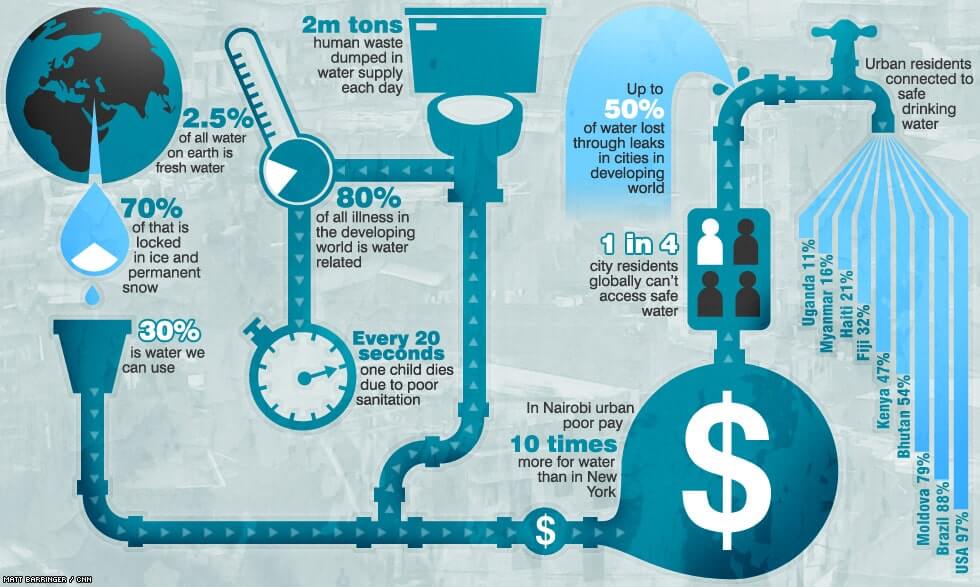The Ultimate Guide To Understanding Heat Pumps - How Do They Work?
The Ultimate Guide To Understanding Heat Pumps - How Do They Work?
Blog Article
Article By-Neergaard Dickson
The best heatpump can conserve you substantial amounts of cash on energy costs. They can also help in reducing greenhouse gas emissions, particularly if you use electrical energy in place of fossil fuels like lp and home heating oil or electric-resistance furnaces.
Heatpump function quite the like air conditioners do. This makes them a feasible choice to typical electric home furnace.
How They Work
Heat pumps cool down homes in the summer season and, with a little assistance from electricity or natural gas, they provide some of your home's heating in the wintertime. They're an excellent choice for individuals that wish to minimize their use of nonrenewable fuel sources but aren't ready to replace their existing furnace and cooling system.
They depend on the physical truth that even in air that seems also cold, there's still power existing: cozy air is always moving, and it wishes to move right into cooler, lower-pressure settings like your home.
Many ENERGY celebrity certified heatpump run at near to their heating or cooling capacity throughout a lot of the year, reducing on/off biking and conserving energy. For the very best efficiency, focus on systems with a high SEER and HSPF rating.
The Compressor
The heart of the heatpump is the compressor, which is also known as an air compressor. This mechanical flowing gadget utilizes possible energy from power production to enhance the stress of a gas by reducing its quantity. go here is different from a pump in that it only works with gases and can not deal with fluids, as pumps do.
Atmospheric air enters the compressor through an inlet shutoff. It circumnavigates vane-mounted arms with self-adjusting length that divide the interior of the compressor, creating numerous tooth cavities of differing dimension. https://theislandnow.com/blog-112/all-you-need-to-know-about-air-conditioning/ to move in and out of phase with each other, pressing the air.
The compressor pulls in the low-temperature, high-pressure refrigerant vapor from the evaporator and compresses it into the hot, pressurized state of a gas. This process is repeated as required to provide heating or cooling as called for. The compressor likewise has a desuperheater coil that reuses the waste warmth and adds superheat to the cooling agent, changing it from its fluid to vapor state.
The Evaporator
The evaporator in heatpump does the same thing as it carries out in refrigerators and air conditioning system, changing fluid cooling agent right into a gaseous vapor that eliminates warm from the space. Heat pump systems would certainly not function without this vital piece of equipment.
This part of the system is located inside your home or building in an interior air handler, which can be either a ducted or ductless device. It has an evaporator coil and the compressor that compresses the low-pressure vapor from the evaporator to high pressure gas.
Heatpump soak up ambient warmth from the air, and afterwards utilize power to move that heat to a home or business in home heating setting. That makes them a lot a lot more power reliable than electrical heating systems or heaters, and since they're using tidy power from the grid (and not shedding fuel), they additionally create far less discharges. That's why heat pumps are such great environmental choices. (And also a huge reason that they're ending up being so popular.).
The Thermostat.
Heat pumps are great options for homes in cold climates, and you can use them in mix with traditional duct-based systems or even go ductless. They're an excellent different to fossil fuel heating systems or traditional electric heaters, and they're a lot more lasting than oil, gas or nuclear HVAC tools.
Your thermostat is one of the most crucial element of your heatpump system, and it functions really in a different way than a conventional thermostat. All mechanical thermostats (all non-electronic ones) work by using materials that change size with raising temperature level, like coiled bimetallic strips or the broadening wax in a car radiator shutoff.
These strips include 2 different sorts of metal, and they're bolted together to create a bridge that completes an electrical circuit connected to your cooling and heating system. As the strip obtains warmer, one side of the bridge expands faster than the other, which triggers it to bend and signify that the heating unit is needed. When the heatpump remains in home heating mode, the turning around shutoff reverses the flow of cooling agent, to ensure that the outside coil now works as an evaporator and the indoor cyndrical tube ends up being a condenser.